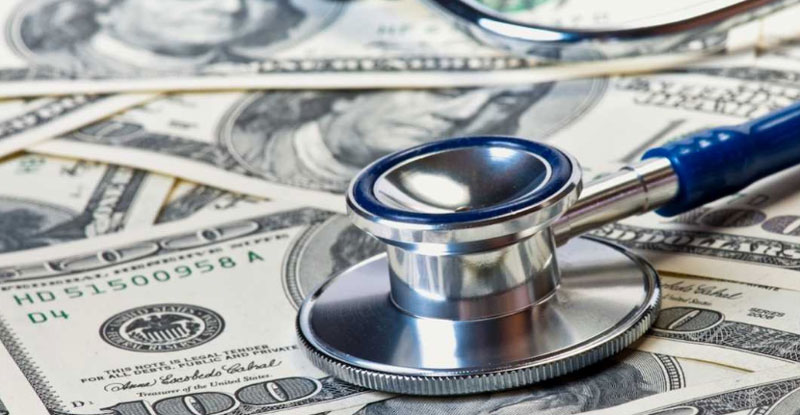Ordinary Americans spend a lot of money on healthcare in the United States each year. In addition to greater deductibles and coinsurance, rising prescription drug costs have increased healthcare expenditures.
Health care costs are expected to reach $4.3 trillion by 2021, according to the Centers for Medicare & Medicaid Services. National health expenditures are predicted to reach $6.8 trillion by 2030, notwithstanding a decline in health services in 2020 due to the COVID-19 pandemic.
As health insurance premiums continue to rise, it's crucial to know what's causing the problem to begin with. Healthcare expenditures in the United States continue to rise, and a health reimbursement arrangement (HRA) might help you offset some of your costs (HRA).
1. In The Medical Field, Quantity Is Rewarded Over Quality In Terms Of Payment
A fee-for-service system is used by most insurers—including Medicare—to pay doctors, hospitals, and other medical providers for every treatment or visit. As a result, the more services offered, the higher the fees.
This may lead to an increase in the number of unnecessary tests and treatments, even for patients who have a poor chance of benefiting from them.
In addition, the medical system in the United States is not integrated. WHO3 defines integrated health services as "the organisation and management of health services so that patients get the care they need when they need it and in ways that are user-friendly, achieve the desired goals and offer value for money."
2. The Health Of The People In The United States Is Deteriorating

For example, the CDC estimates that over half of all Americans suffer from a long-term health condition such as a chronic disease such as heart disease or high blood pressure.
Chronic health issues account for an astounding 85 per cent of all healthcare spending in the United States. According to the most recent data available, nearly 40% of persons in the United States over the age of 20 are either overweight or obese, which can contribute to chronic diseases and soaring healthcare costs.
The cost of providing health insurance to the average American is rising in tandem with the number of people needing it. As a result, the annual rates for health insurance rise directly to the level of risk.
There was a 47.4% increase in family insurance premiums between 2011 and 2021, according to data from the Kaiser Family Foundation (KFF).
3. As Technology Advances, It Becomes More Expensive
Medical advancements can indeed help us live longer and be healthier. On the other hand, they can also lead to higher costs and overuse of expensive technologies.
People tend to link newer and more advanced technologies with better care even if there is little or no proof of their efficacy, according to a study published in the Journal of the American Medical Association (JAMA).
As a result of this presumption, both patients and physicians tend to seek out the most expensive and cutting-edge therapies and technologies.
4. Many Americans Do Not Have A Choice In Their Personal Healthcare Coverage
According to the Kaiser Family Foundation, about half of the American population receives health insurance from employment. That means that over half of Americans do not make any meaningful consumer judgments regarding the cost of their insurance because their employer has already decided it for them. '
Because employers' contributions to health insurance coverage are tax deductible for the company and tax-exempt for the employee, this encourages businesses to acquire more expensive policies. The abuse of medical services, resulting in increased demand and costs, may also be encouraged by low deductibles or tiny office copayments.
5. Medical Treatment And Its Costs Are Not Well-Known To The Public

Despite the plethora of information available online, no uniform or quick approach to grasp treatment options and costs of care exists. If we were going to buy a car, we would do extensive research before making a final decision. But when it comes to healthcare, we do the same thing.
Although data reveals that a treatment is ineffective or hazardous, KHN finds that it takes too long for this information to become widely recognised and accepted, affecting how doctors practise or what patients demand.
Even when hospitals post their service fees online, it can be not easy to find and decipher them. Congress enacted the No Surprises Act in January 2022 to address this lack of transparency.
Its goal is to improve the patient experience and control the expenses of expensive health issues by reducing unexpected medical expenditures under private health insurance policies and improving pricing transparency.
6. Fear Of Malpractice Lawsuits
Some doctors will order needless tests or treatments out of concern that they would face a lawsuit. In the long run, defensive medicine costs between $100 and $180 billion a year, according to a recent study.
Our current regulatory structure supports the fee-for-service healthcare delivery and payment paradigm. According to the Commonwealth Fund15, Americans are more concerned about healthcare professionals withholding critical therapeutic services to keep within budget than about overuse of services.



